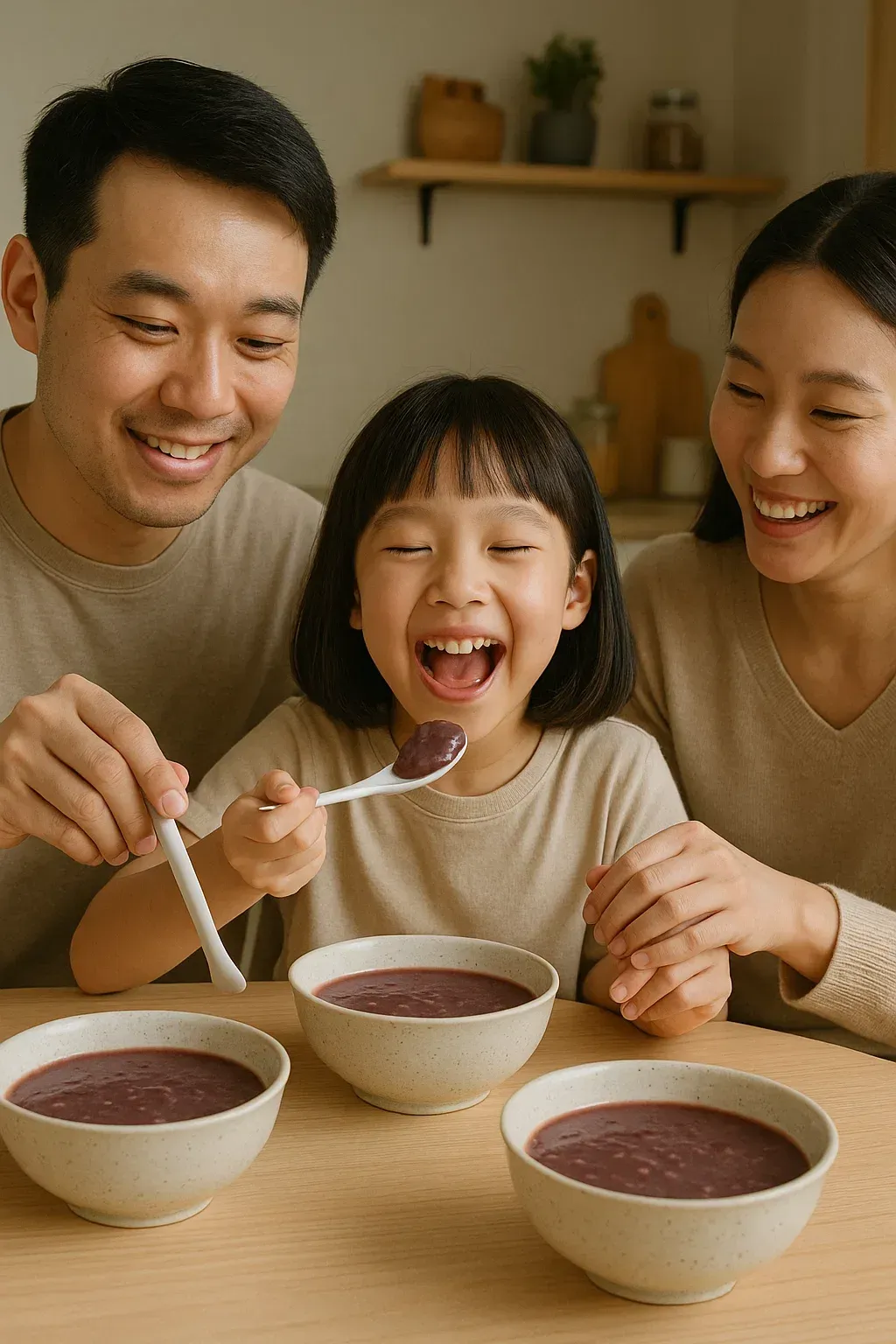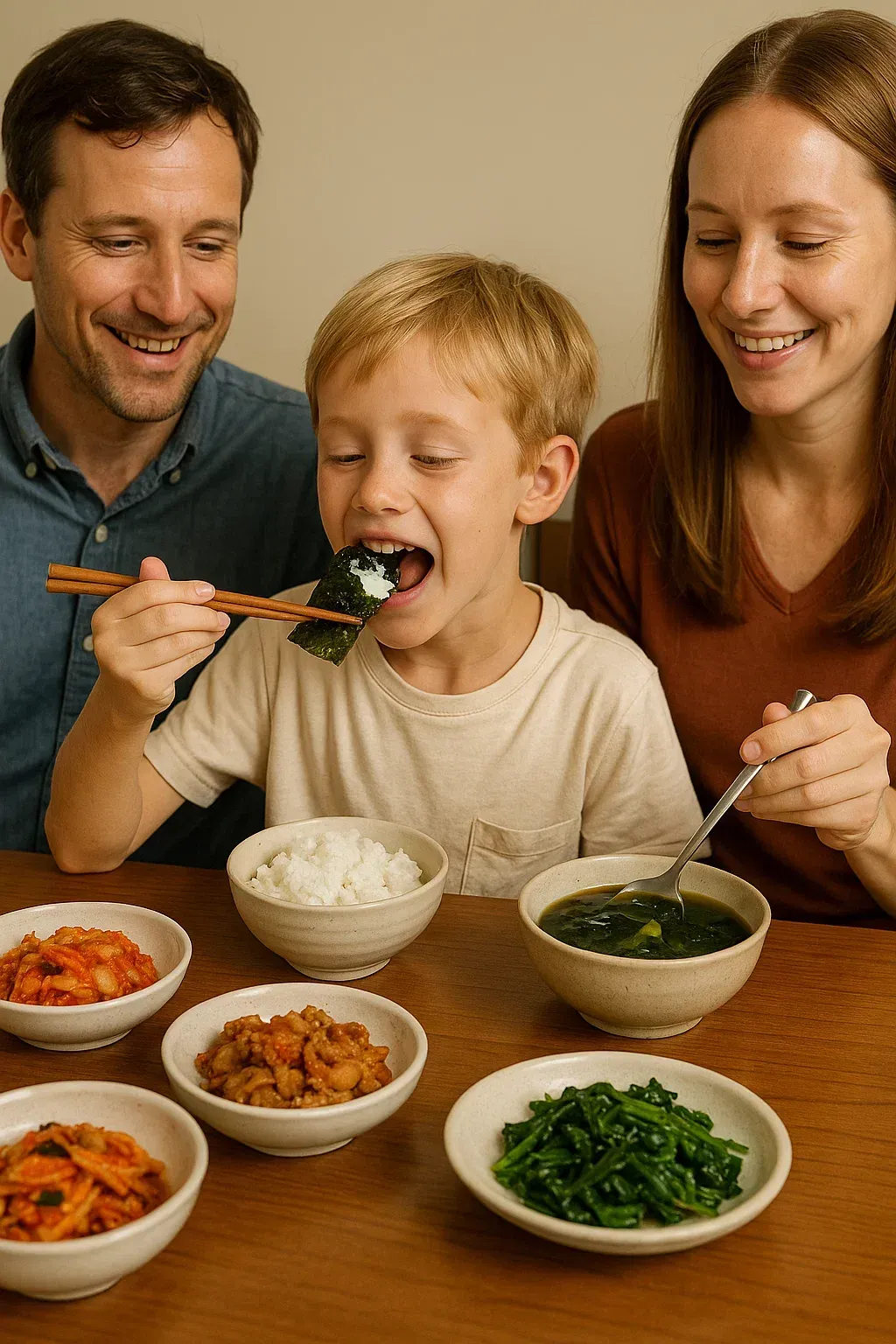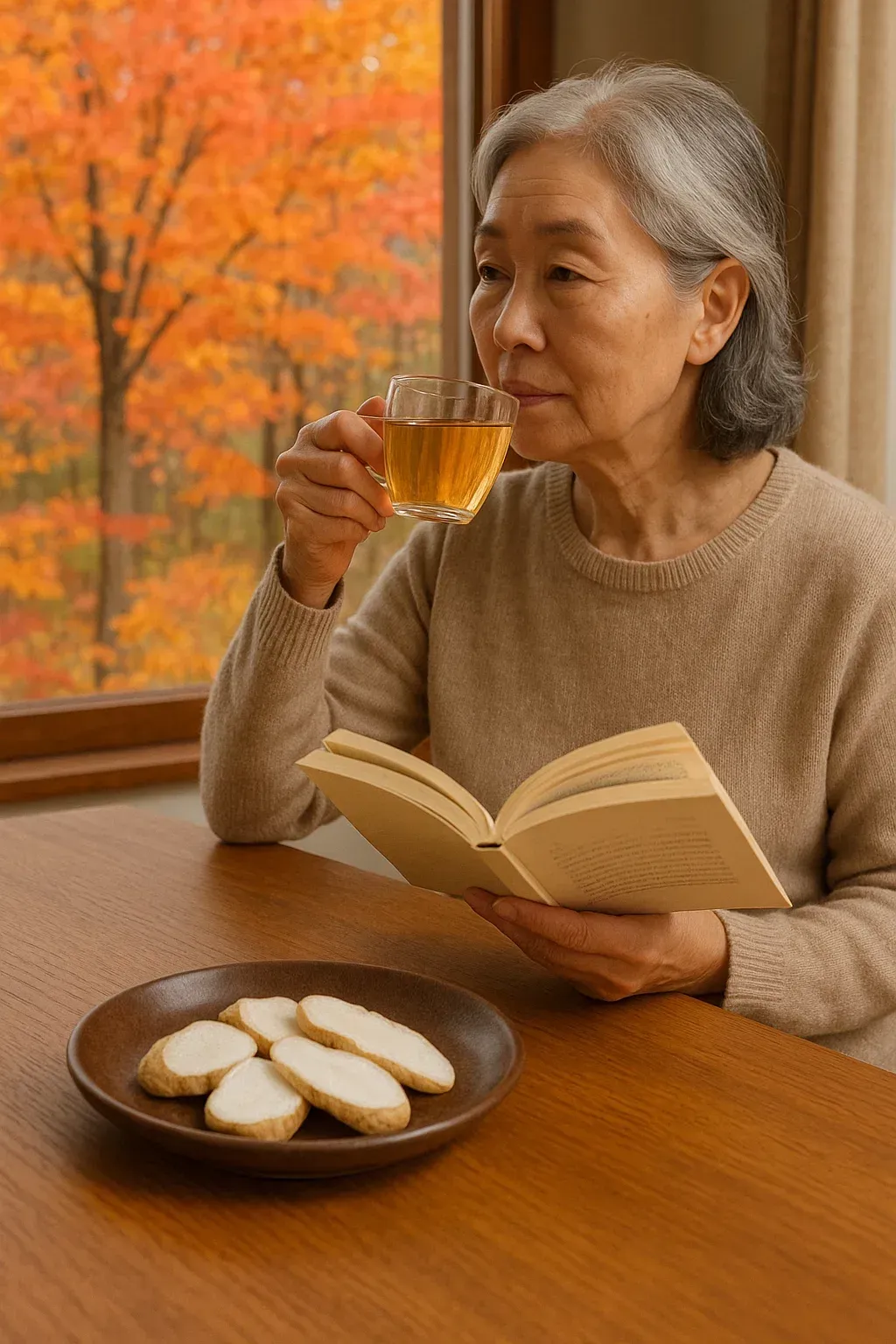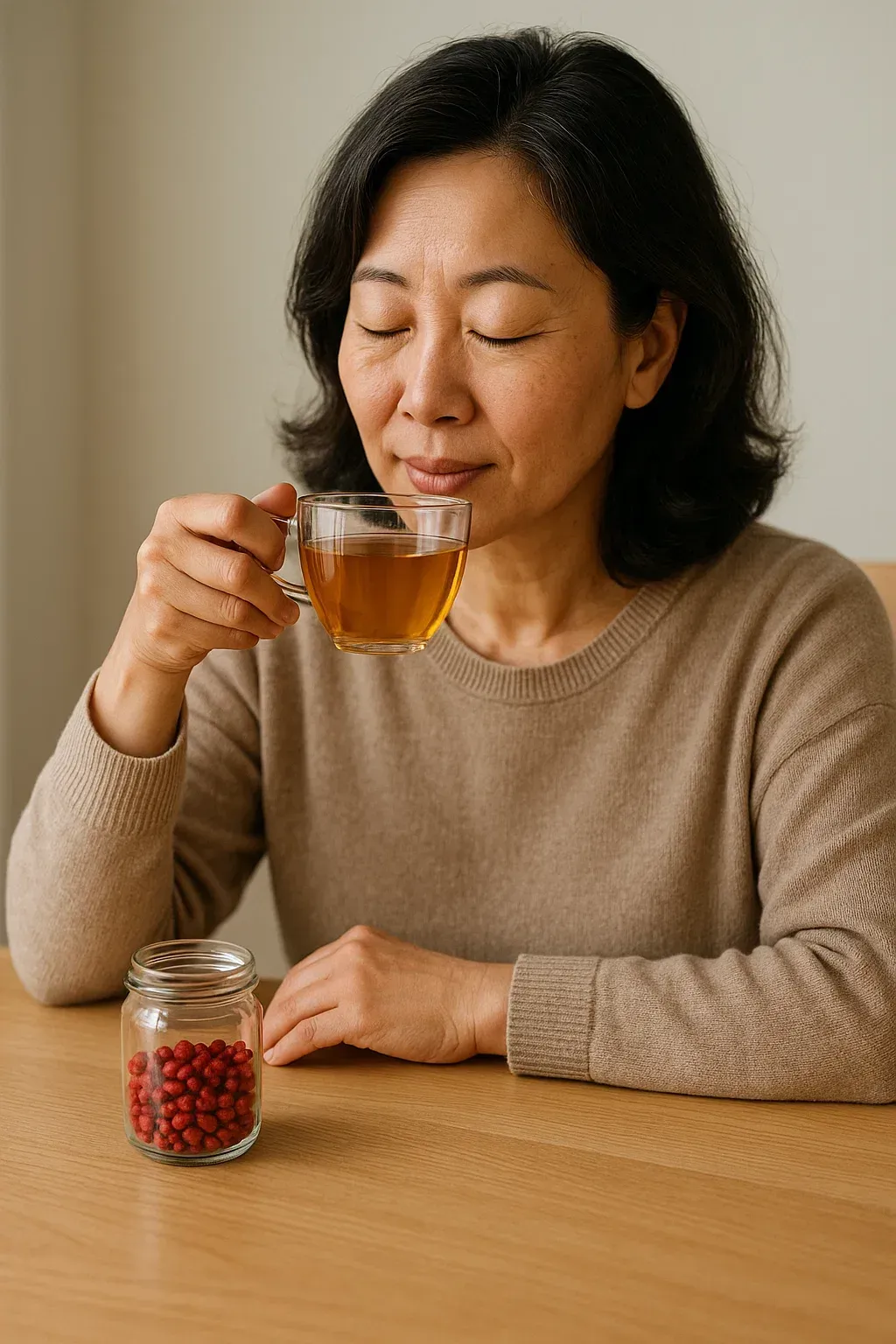Gentle Nourishment for Inner Harmony: A Holistic Guide to Dried Rehmannia (건지황)
In the rich tapestry of Traditional Chinese Medicine (TCM), the same plant can yield different remedies depending on its preparation. While Fresh Rehmannia (Sheng Di Huang) excels at cooling intense heat, its dried counterpart, Dried Rehmannia Root, known as Gan Di Huang (干地黄), shifts its focus to a gentler, yet profound, role: nourishing yin and enriching blood. As a holistic practitioner, I often turn to Gan Di Huang when seeking to build foundational health, address subtle deficiencies, and promote long-term balance without the strong cooling action of its fresh form.
The Art of Preparation: Transforming Gan Di Huang
Gan Di Huang is the raw Rehmannia root that has been simply dried (not processed further through steaming, which creates Shu Di Huang). In TCM, it is considered sweet and slightly cold to neutral, primarily acting on the Heart, Liver, and Kidney meridians. Its key functions are to clear heat from the blood (but in a milder way than Sheng Di Huang) and to nourish Yin, particularly blood-Yin. This makes it a crucial herb for states of subtle dryness, deficiency, and internal agitation.
Modern science understands that this dried form still retains its rich profile of iridoid glycosides (like catalpol), polysaccharides, and amino acids. However, the drying process slightly alters its energetic properties, making it more focused on sustained nourishment rather than acute cooling.
The Science-Backed Benefits of Gan Di Huang
Modern research continues to support the traditional applications of Gan Di Huang, particularly in conditions characterized by subtle deficiencies and dryness:
- Nourishing Yin and Replenishing Fluids: When the body's Yin (the cooling, moistening essence) is depleted, symptoms can be subtle but persistent: slight dry mouth, mild night sweats, low-grade fever, or even just a feeling of being "run down" without a clear cause. Gan Di Huang gently but effectively replenishes these vital fluids, acting as a deep internal moisturizer for the body's tissues and organs.
- Enriching the Blood for Vitality: Gan Di Huang is a significant herb for "enriching blood" in TCM. This means it supports healthy blood production and circulation, which translates scientifically to better oxygen and nutrient delivery throughout the body. This action can help alleviate symptoms like mild dizziness, pale complexion, and fatigue that often accompany blood deficiency.
- Milder Heat Clearing from the Blood: While less intensely cooling than Sheng Di Huang, Gan Di Huang still possesses the ability to clear "heat from the blood" in a more gentle manner. This makes it suitable for chronic conditions where there might be low-grade internal heat causing symptoms like skin irritation, restlessness, or a slightly agitated mind, without overwhelming the digestive system.
- Supports Adrenal and Endocrine Health: By nourishing the Kidney Yin, Gan Di Huang indirectly supports the health of the adrenal glands and the broader endocrine system. This can be beneficial for those experiencing chronic stress, or subtle hormonal imbalances, helping the body to restore its natural equilibrium.
Important Considerations for Using Gan Di Huang
Gan Di Huang is a foundational tonic, best used as part of a balanced herbal formula rather than in isolation, especially for long-term support.
- Usage: It is most commonly found in herbal decoctions (teas), granular extracts, or capsules, often combined with other herbs to create synergistic effects.
Important Cautions: Due to its slightly cold and moistening nature, individuals with significant digestive weakness, chronic loose stools, or a tendency towards dampness should use Gan Di Huang cautiously, and often with warming, drying herbs (like Ginger or Atractylodes) to prevent digestive upset.
Always consult with a qualified TCM practitioner or integrative health professional before incorporating Gan Di Huang into your regimen.
Gan Di Huang offers a gentle, time-honored path to deep nourishment and balance. By understanding its unique properties, you can harness the subtle power of this dried root to cultivate enduring vitality and inner harmony.
- Dr. Chungmoo "John" Huh, DAcCHM, L.Ac, Dipl, OM -


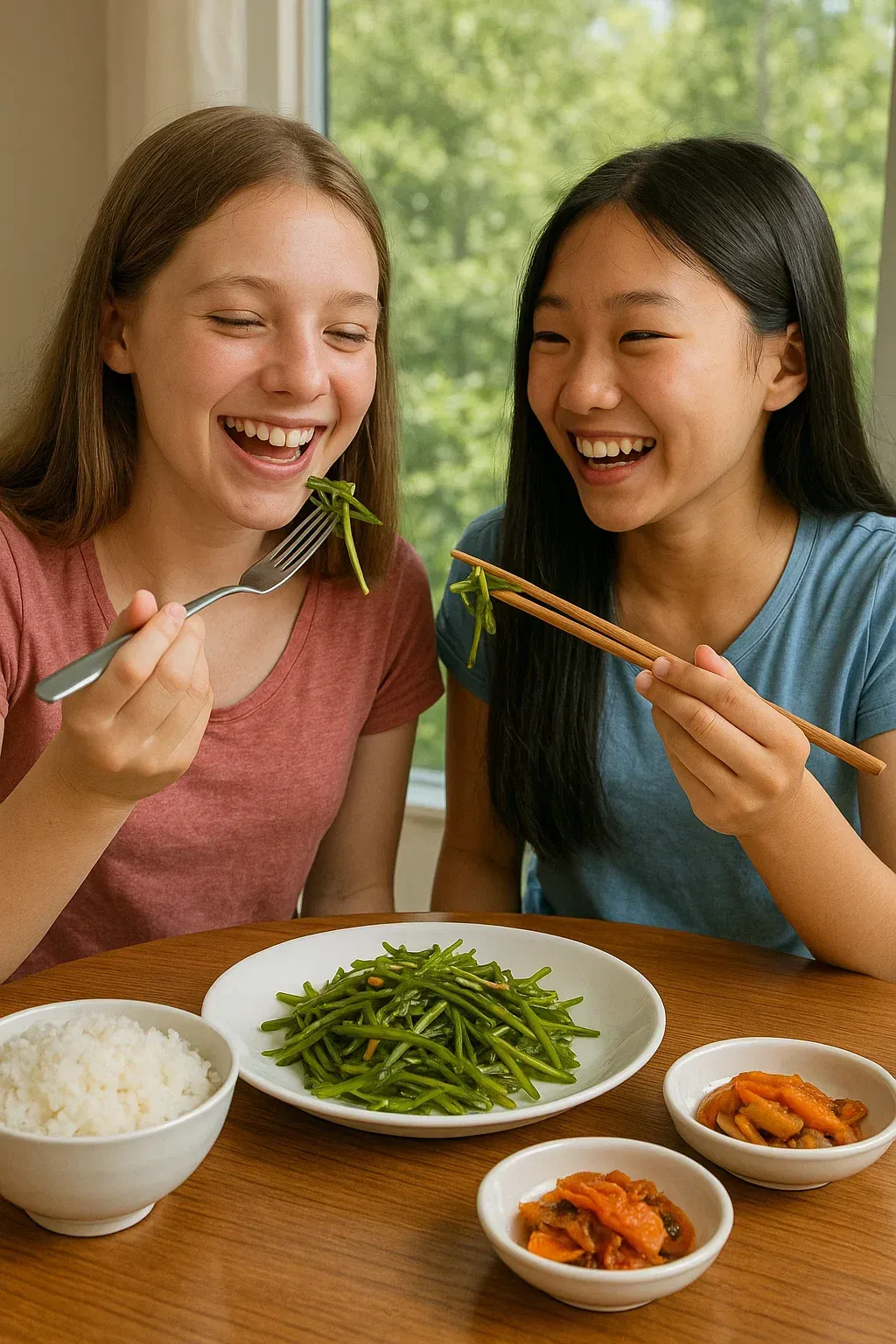
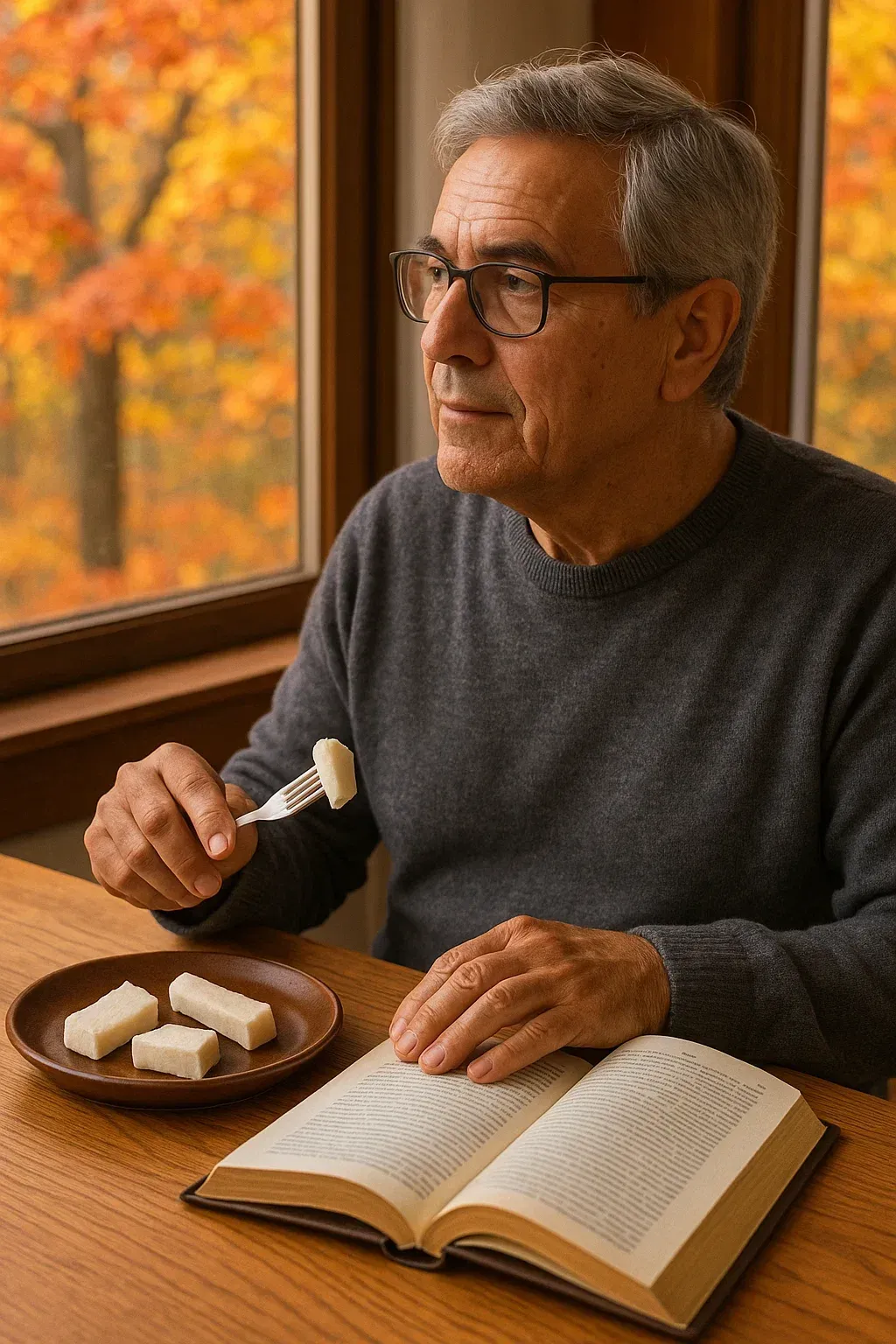
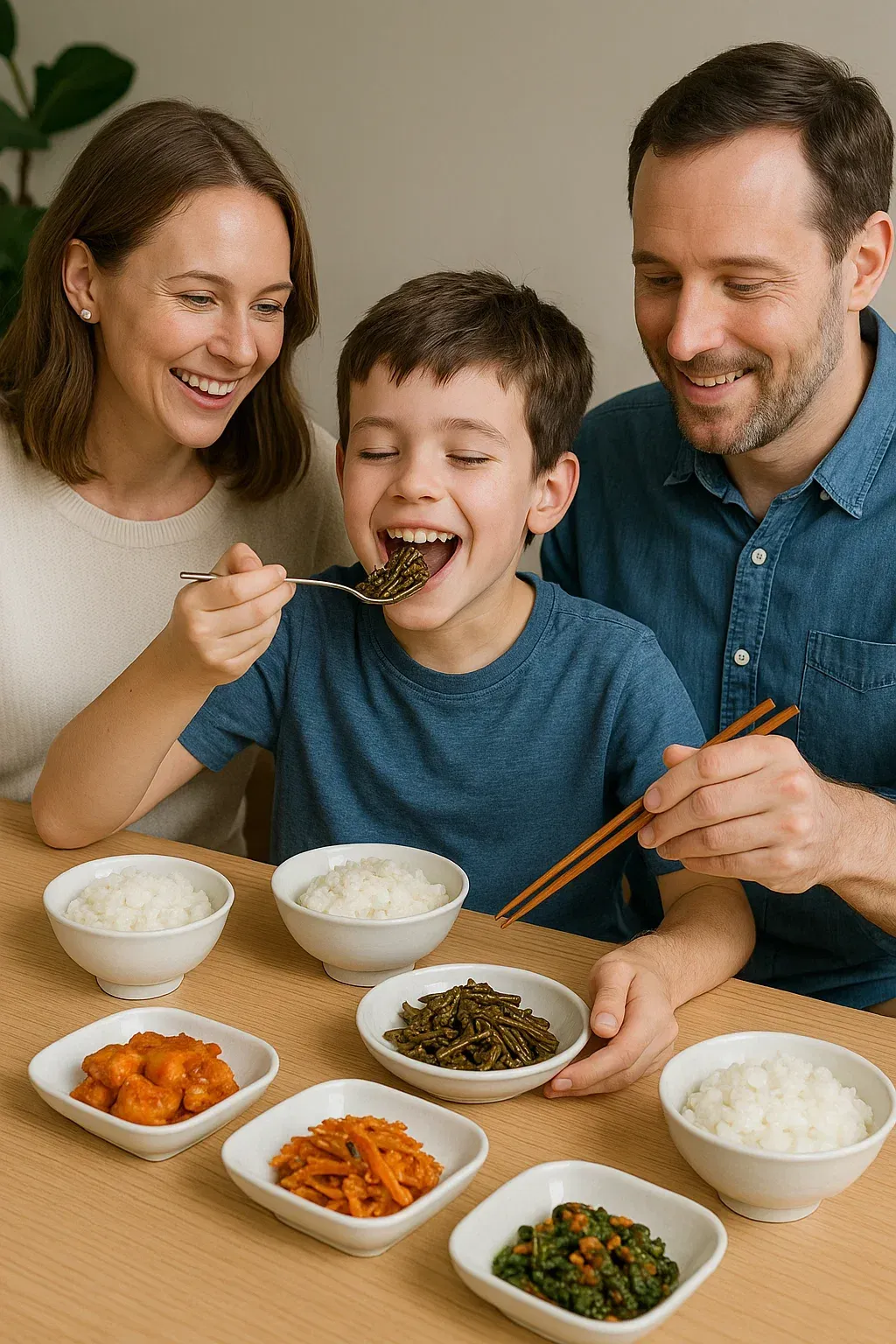
From Forest Floor to Functional Food: A Holistic Guide to Bracken Fern (고사리) in Traditional Medicine
